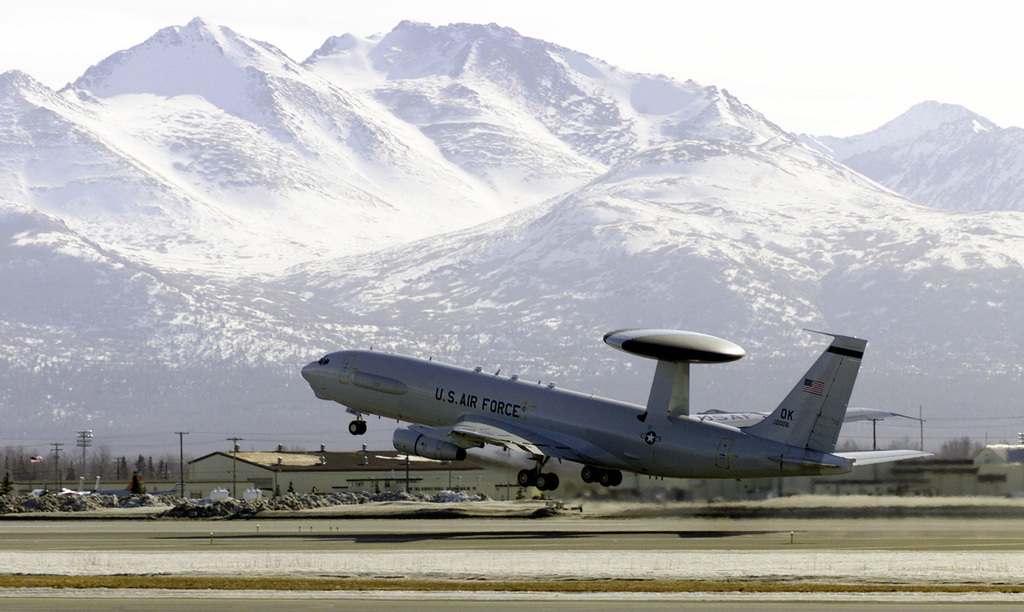
In the event of the unavailability of vital airborne surveillance assets like the E-3 SENTRY/AWACS, Poland finds itself dependent on its NATO allies to uphold surveillance over its airspace and adjoining regions. However, prospects for the future appear promising, as Polish Defense Minister Mariusz Blaszczak disclosed on May 22, during the peripheral negotiations of a Northern Group gathering in Legionowo, that active deliberations are underway to procure early warning aircraft manufactured by Sweden.
“We’re about to get early warning planes. We are conducting detailed negotiations with Sweden. I hope they will come true soon,” said Blaszczak without specifying what kind of device is envisaged.
The current operational fleet of the Swedish Air Force consists of two Saab 340 AEW&Cs, each equipped with an Erieye radar system. These aircraft are soon to be phased out and replaced by two Global 6000 “GlobalEye” aircraft, which will be supplied by Bombardier.
The forthcoming GlobalEye aircraft boast a comprehensive suite of sensors that are highly resilient to electronic jamming. These include the Erieye ER long-range radar, SeaSpray active antenna radar, and an optical ball. The data collected from these sensors is integrated into a multi-domain command and control system, enhancing overall situational awareness and operational effectiveness.
It is important to highlight that the GlobalEye aircraft has been formally identified as a candidate for the AFSC (Future Alliance Surveillance and Control Capability) program. This program aims to replace the aging fleet of 14 NATO Air Force Early Warning and Control (NAEW&C) E-3 AWACS aircraft. Boeing, with its E-7 Wedgetail, is also vying for this market.
Furthermore, as a reminder, Poland recently placed an order worth 620 million euros for two intelligence-gathering vessels, designed to acquire electromagnetic-origin intelligence (ROEM or SIGINT), from the Swedish Saab group in November of last year.
“With Sweden, we have the Baltic Sea in common, we perceive the threats from the Russian side in the same way, and therefore we are looking for common solutions to guarantee our security,” said Blaszczak.
In a notable turn of events, as reported by the esteemed publication ZBiAM, Mr. Błaszczak’s recent announcement has come as a significant surprise. The decision to procure this equipment was not previously mentioned or acknowledged by the Ministry of National Defense in their official statements, adding an unexpected dimension to the development.




